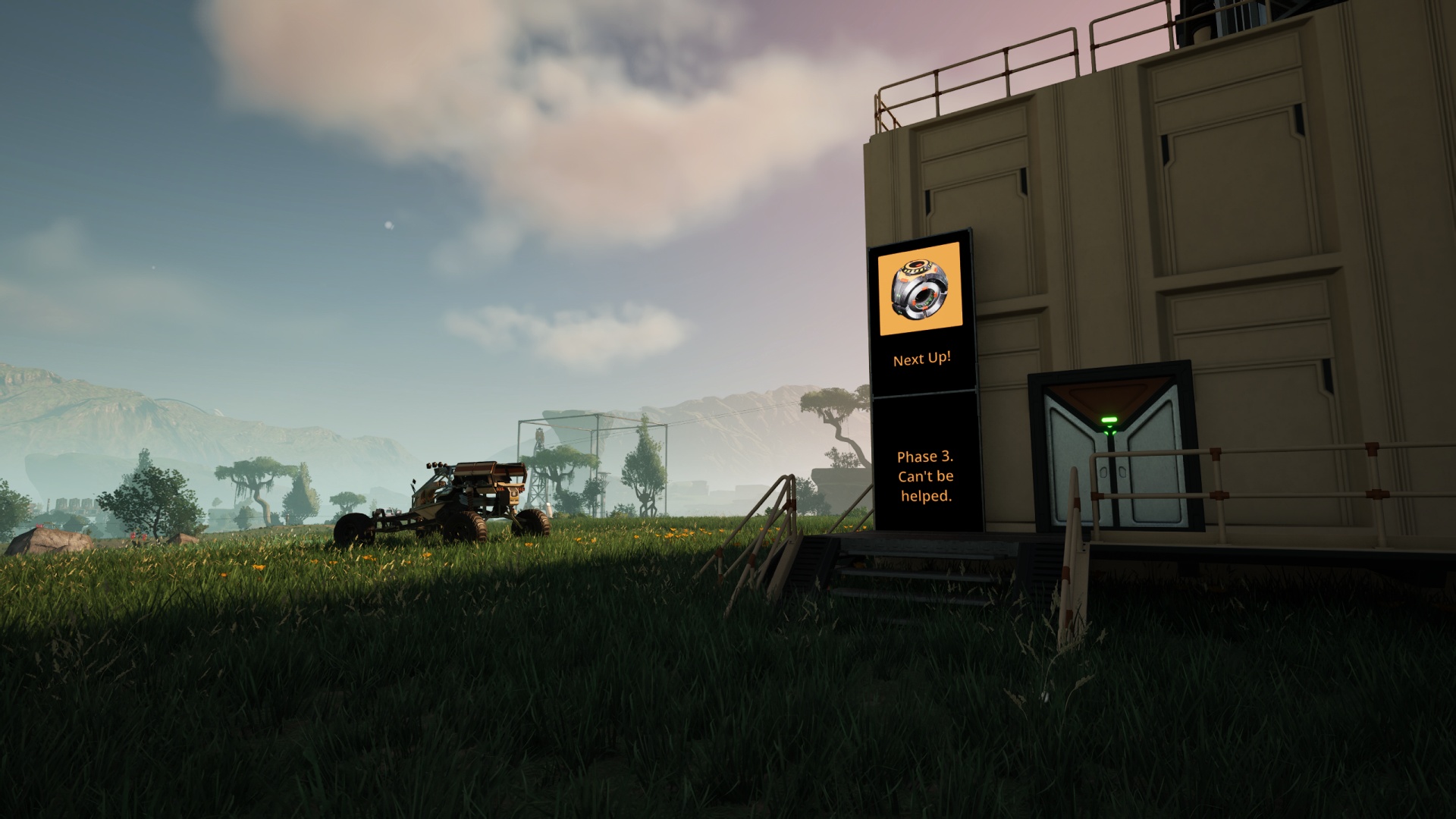I bought a “light tent” some time ago in order to get portraits of the various duckies (as well as, potentially, anything else we want a Very Nice Picture of) but I noticed something after the first couple of sessions that bothered me a bit. Due to various circumstances mostly having to do with living in a pandemic and not wanting to deal with much of anything, I didn’t get around to trying a solution until this week.
The problem? The LEDs at the top of the tent leave a bright glare in the photographs of any smooth, shiny subject. The solution? Buy some kind of light-diffusing material and find a way to “mount” it in the tent.
Let’s see how that went, shall we?

Now that I have some practice, setting up the tent only takes a minute or so. The new wrinkle was figuring out how to get the diffuser material into place. After some experimentation yesterday I realized that instead of trying to prop it up above the subjects inside the tent, the easiest solution is to simply close the lid of the tent on top of it, holding it into place.

Yesterday’s experiments also taught me that the best results come from folding the material over so it’s effectively two-ply, as just the one layer doesn’t provide enough diffusion.
Here are before & after shots of the lights themselves:


That’s quite a difference in glare, isn’t it? So let’s put some test subjects under the lens. I placed several subjects in the tent, then removed & replaced the diffuser fabric for before-and-after comparisons without moving the camera or subject between shots.
As is traditional, a ducky leads the way.

Note that rectangle of glare, especially on the tail section. Lumina’s one of the ducks which gave me the most trouble in the previous photo shoot sessions. I was looking forward to seeing the difference…

…and I was not disappointed. What an improvement! No glare at all, there. We still get highlights, but not blinding ones. Let’s put another relatively-shiny object under the glare:

Yeah, that’s not good. I mean it’s amusing to get such a clear idea of the LED grid from off of the subject matter, but it’s not necessarily what you’d ever want from a light tent photo of any particular object.

Another win for the diffuser sheet, I’d say. But what about objects of the not-so-shiny variety?

These are my new Sony noise-canceling Bluetooth headphones. (They sound superb by the way. A splurge, to be sure, but so far it’s paying off.) But can you tell that the above photo was taken without the diffuser sheet?

Not really. I had to check the sequence number of the pictures to make sure which one was which. I don’t think the diffuser sheet hurt the outcome at all, but it didn’t really help much either.
Let’s put one more subject under the bright lights.

The Golden Brat himself, Reinhard von Lohengramm, in adorable (albeit grumpy) Nendoroid form, has graced our presence. Is he upset by the bright glaring lights over his unimpeachable head?

Nah, he’s just made that way. And the Kaiser seems unaltered by the change in lighting. No gain, but also no loss. Which suggests that the correct course in all future projects is to just go ahead and drape the diffuser material into place and not worry about swapping it in just for certain cases.
Huzzah!
The one downside to this is that the material I acquired is… cheap. As in, “upon any contact with the Velcro edges of the light tent, it gets shredded.”

On the upside, it wasn’t terribly expensive and I should get a few photo shoots out of this sheet before it fully disintegrates. We’re marking this as a qualified success!
